Sending request...
Your request has been sent.
Please complete the form below:
Sending request...
Your request has been sent.
Please complete the form below:
This guide covers the fundamentals of vehicle ADAS systems, how it works, its importance in vehicle safety, and the critical role that correct calibration plays in ensuring these systems function accurately.
Advanced Driver Assistance Systems (ADAS) are intelligent systems integrated into vehicles to enhance driver safety and assist with driving tasks.
These systems use a combination of sensors, cameras, radars, and AI to interpret surroundings and provide real-time feedback or to control inputs. ADAS systems can perform functions such as automatic braking, lane-keeping assistance, adaptive cruise control, and blind-spot detection, making driving safer and more convenient.
As an essential aspect of modern automotive safety, ADAS can be seen as a stepping stone towards fully autonomous vehicles. By assisting with tasks and monitoring surroundings, these systems reduce the risk of human error, which is a leading cause of traffic accidents worldwide.
ADAS relies heavily on sensors, cameras, and radars that are meticulously positioned and calibrated to work accurately. Calibration ensures that these sensors are properly aligned and functioning as intended.
If a vehicle undergoes repairs, such as a windscreen replacement or bodywork, the ADAS sensors and cameras may become misaligned, leading to inaccurate readings.
Failure to recalibrate ADAS after repairs or an accident can result in:
Accurate calibration ensures optimal performance and guarantees the safety features work precisely, reducing the risk of accidents.
There are two main types of ADAS calibration: static and dynamic.
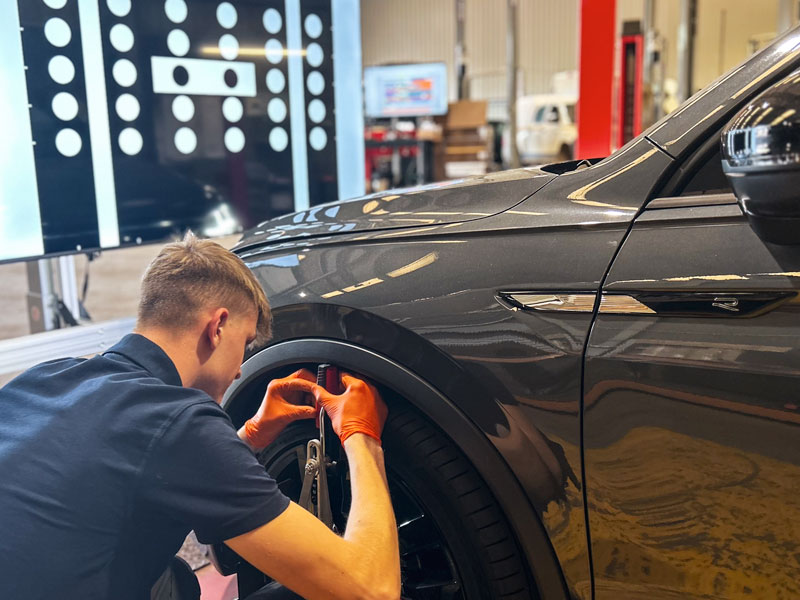
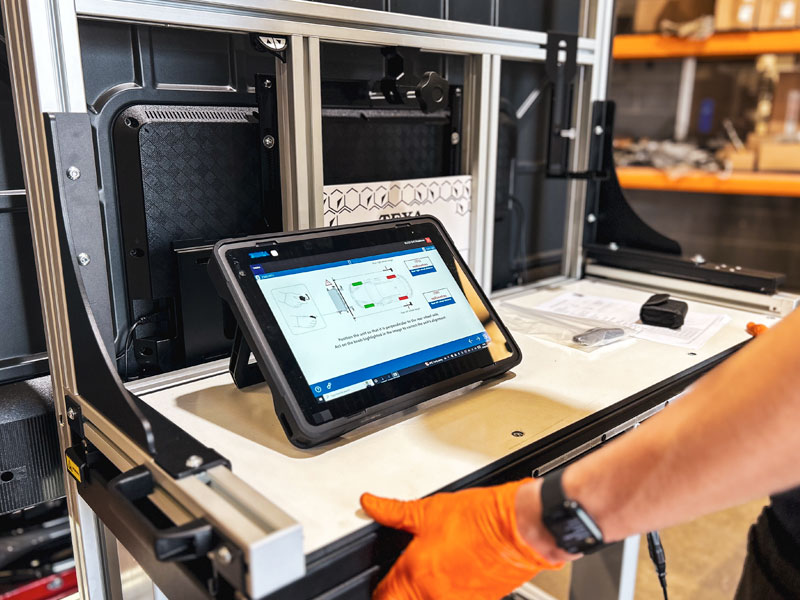
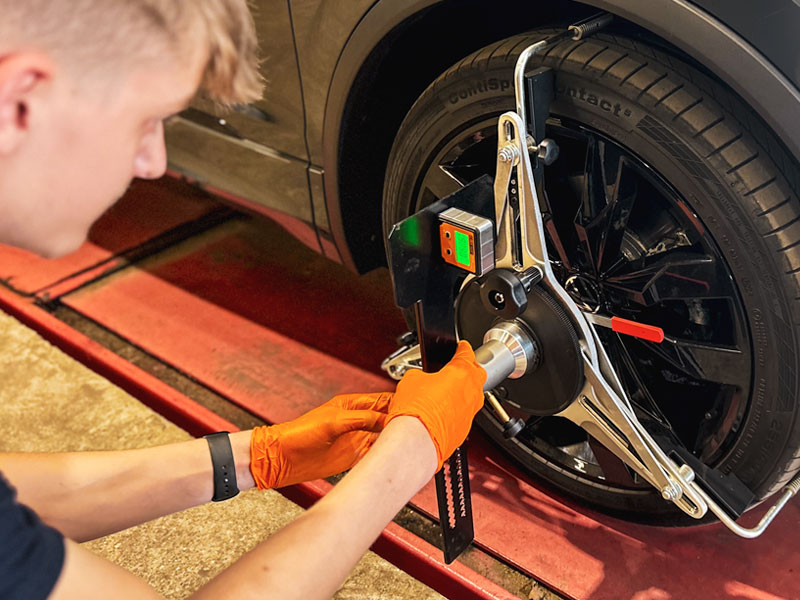
ADAS systems combine input from various sensors and cameras placed around the vehicle. These sensors and the ADAS technology detect objects, lanes, and hazards in the vehicle’s surroundings.
A central processing unit, often referred to as an electronic control unit (ECU), analyses this data in real time. For example, in an automatic emergency braking system:
Here are some key ADAS systems commonly found in vehicles today:
ADAS systems rely on various types of sensors, each with a unique role:
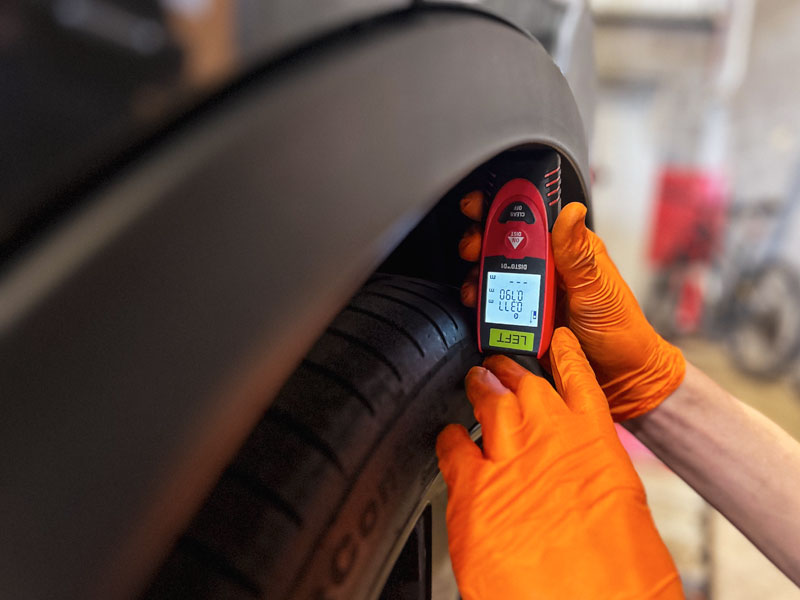
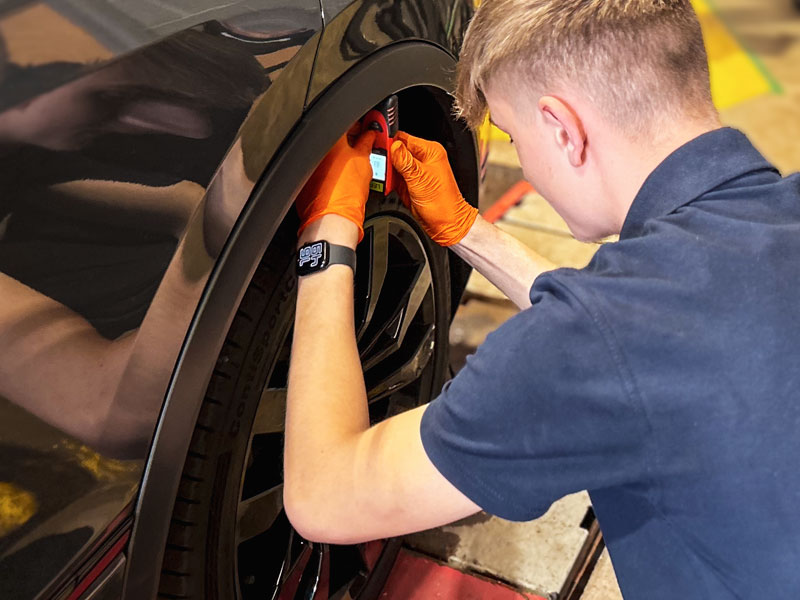
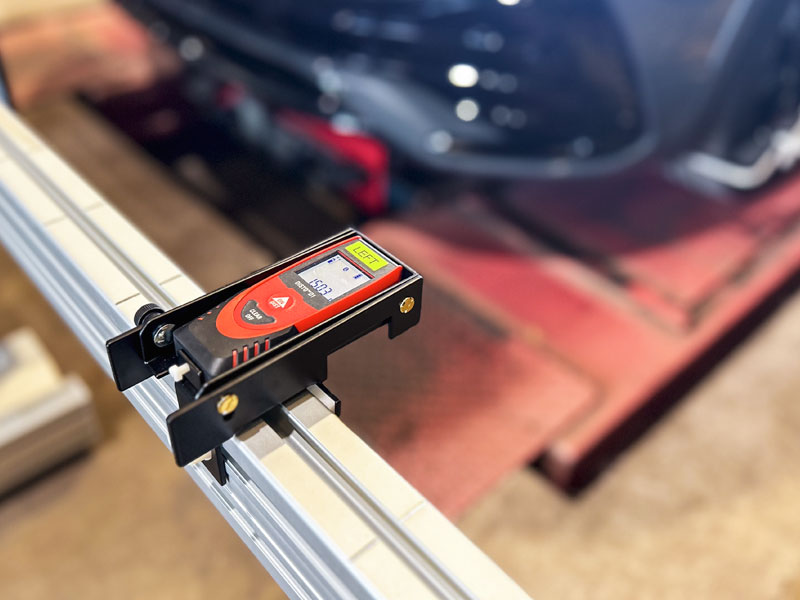
Calibration of ADAS sensors is essential for optimal performance. Some key sensors that require calibration include:
Today’s vehicles are equipped with a broad range of ADAS features. Many of these systems are now standard or available as options across most car models, thanks to regulatory mandates and consumer demand for safer cars.
Some of the most common ADAS systems in today’s vehicles include:
The concept of ADAS began in the late 20th century when automotive manufacturers started exploring technologies that could assist drivers. Early implementations, such as antilock braking systems (ABS) and electronic stability control (ESC), laid the groundwork for modern ADAS by enhancing vehicle control.
As sensor technology advanced and vehicle computers became more powerful, vehicle manufacturers introduced systems such as adaptive cruise control (ACC) in the 1990s. These early systems were designed to make driving easier and safer by automatically adjusting the vehicle’s speed based on traffic conditions.
The 21st century saw a rapid acceleration in ADAS innovation, fuelled by advancements in radar, LiDAR, and camera technology, as well as the growing interest in autonomous driving. Today, ADAS systems are standard in many vehicles, with some even offering semi-autonomous driving capabilities.
The future of ADAS is closely linked to autonomous driving technology and AI. As sensor technology advances and artificial intelligence becomes more sophisticated, ADAS will evolve from assistive systems to fully autonomous solutions.
Some future developments include:
Do all cars have ADAS? No, not all cars are equipped with ADAS, but it is becoming increasingly common in newer models. Many vehicle manufacturers now offer ADAS features as standard or optional packages.
Is ADAS the same as autonomous driving? No. ADAS assists the driver with certain tasks, whereas autonomous driving refers to a system that can fully control the vehicle without human intervention.
How do I know if my ADAS needs recalibration? After certain repairs, such as a windscreen replacement or any work that affects the vehicle's alignment, ADAS calibration may be necessary. It is recommended to check your vehicle's manual or give us a call on 01522 535840
What happens if ADAS sensors are not calibrated correctly? Incorrect calibration can result in inaccurate sensor readings, which may lead to the malfunctioning of safety systems and increased risk of accidents.